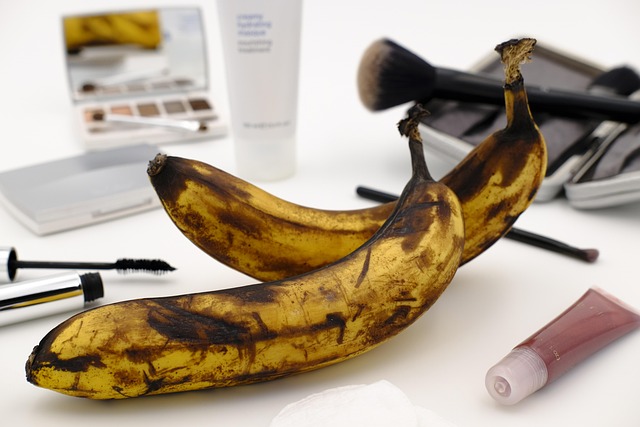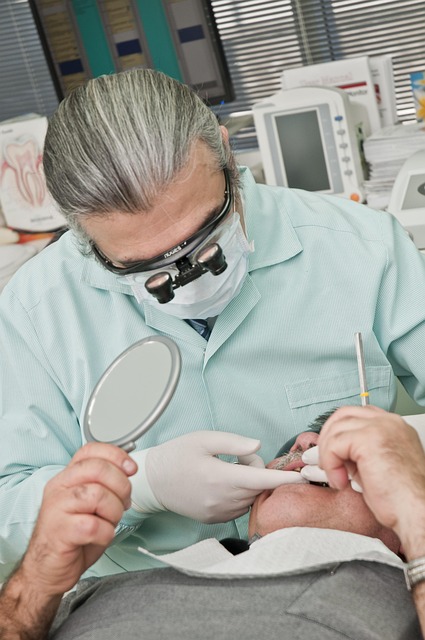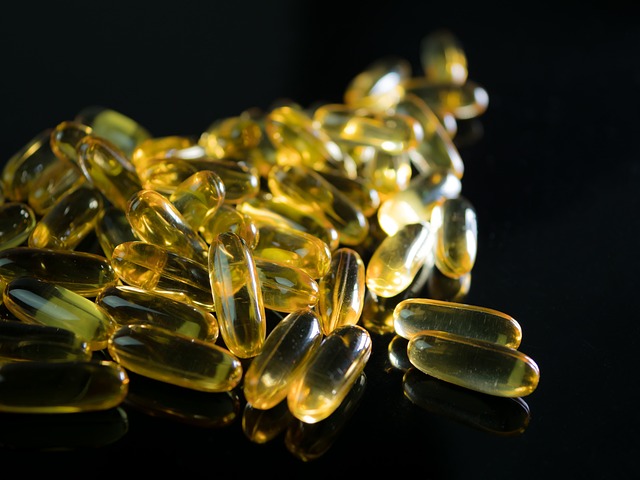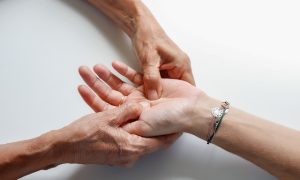Facial wrinkles result from environmental damage (UV rays, smoking), lifestyle choices (alcohol, diet), and genetics. Dynamic, static, and gravity-induced wrinkles can be targeted with specific anti-aging treatments. These include topical creams with retinol, vitamin C, and peptides, non-invasive procedures like chemical peels and laser therapy, and innovative technologies like radiofrequency and micro-needling. A holistic approach incorporating balanced diet, hydration, exercise, and stress management further enhances anti-aging results.
“Unravel the secrets to achieving a youthful complexion with our comprehensive guide to wrinkle reduction. From understanding the science behind facial wrinkles and their diverse types, to exploring cutting-edge non-invasive procedures and lifestyle choices, this article is your ultimate anti-aging treatment companion. Discover topicals, serums, advanced technologies, and gentle skin care routines proven to combat signs of aging. Rejuvenate your face with confidence.”
Understanding Facial Wrinkles: Causes and Types

Facial wrinkles are a natural part of aging, but their onset and severity can vary greatly from person to person. Understanding the causes and types of wrinkles is a crucial step in choosing the right anti-aging treatment. Wrinkles primarily form due to environmental factors, lifestyle choices, and genetics. Exposure to UV rays, smoking, excessive alcohol consumption, and poor diet can accelerate skin aging. Over time, these external influences lead to collagen and elastin degradation, resulting in fine lines and deeper wrinkles.
There are several types of facial wrinkles, each with its unique characteristics. Dynamic wrinkles, often called expression lines, form when muscles contract, like when you smile or frown. Static wrinkles, on the other hand, remain even when muscles are at rest and are typically caused by sun damage and loss of skin elasticity. Another category is gravity-induced wrinkles, which occur due to the natural pull of gravity, leading to sagging and deepening of lines around the jawline and neck. Knowing these causes and types can help in selecting targeted anti-aging treatments for effective wrinkle reduction.
The Science Behind Anti-Aging Treatments

The science behind anti-aging treatments is a fascinating exploration into the mechanisms that govern our skin’s aging process. At the heart of it lies understanding collagen and elastin, the essential proteins responsible for maintaining skin firmness and elasticity. As we age, natural production of these proteins decreases, leading to wrinkles and sagging.
Anti-aging treatments, including topical creams and serums, aim to mitigate this loss by using ingredients like retinol, vitamin C, and peptides. Retinol stimulates collagen production, while vitamin C protects against environmental damage that accelerates aging. Peptides mimic the action of natural proteins, signaling skin cells to enhance elasticity. This multi-faceted approach targets multiple causes of wrinkles, offering a more comprehensive solution for effective anti-aging.
Topical Creams and Serums for Wrinkle Reduction

Topical creams and serums are popular choices for those seeking effective anti-aging treatments, with a particular focus on wrinkle reduction. These formulations offer a non-invasive approach to combating the signs of aging by delivering active ingredients directly into the skin. Many modern products contain powerful antioxidants, peptides, and retinoids that stimulate collagen production and improve skin elasticity. Antioxidants help protect the skin from environmental damage caused by free radicals, while peptides can enhance communication between skin cells, leading to smoother, more youthful-looking skin.
When selecting a topical anti-aging product, it’s essential to consider your specific skin concerns and needs. Some serums are designed to target fine lines and wrinkles, offering intense hydration and plumping effects. Others may address hyperpigmentation, providing ingredients that lighten and even out skin tone. Always check the ingredient list and choose products with clinically proven, high-quality components for the best results in wrinkle reduction.
Non-Invasive Procedures: A Gentle Approach to Aging Skin

In the quest for youthful-looking skin, non-invasive procedures have emerged as a preferred choice for many. These treatments offer a gentle and effective way to combat signs of aging without the need for extensive surgery or recovery time. One of the key benefits is their ability to stimulate collagen production, which is essential for maintaining skin elasticity and reducing fine lines and wrinkles.
Popular non-invasive anti-aging treatments include chemical peels, microdermabrasion, and laser therapy. Chemical peels use a combination of chemicals to exfoliate the skin, revealing smoother, brighter layers beneath. Microdermabrasion, on the other hand, gently abrades the skin’s surface, removing dead cells and enhancing collagen synthesis. Laser treatments target specific skin concerns, such as wrinkles or pigmentation, by emitting precise light energy that prompts the skin to heal and renew itself. These procedures are generally well-tolerated and can provide noticeable improvements in skin texture and appearance, making them excellent options for those seeking subtle yet significant anti-aging results.
Advanced Technologies in Facial Rejuvenation

The world of facial rejuvenation has seen a surge in advanced technologies, offering more effective and non-invasive anti-aging treatments than ever before. One such innovation is the use of radiofrequency (RF) energy, which works by stimulating collagen production deep within the skin, resulting in improved texture and reduced wrinkles. This technology is often combined with micro-needling, creating tiny punctures that encourage the body to produce more collagen and elastin.
Another groundbreaking method is laser therapy, specifically fractional lasers, which target specific parts of the skin while minimizing damage to the surrounding tissue. These treatments can effectively break up stubborn facial wrinkles and improve skin tone. Moreover, advanced peptides and antioxidants are now being incorporated into skincare routines, providing a powerful combination of anti-aging benefits that combat signs of aging at various levels of the skin’s structure.
Lifestyle Choices for a Youthful Complexion

Maintaining a youthful complexion goes beyond external treatments; it’s heavily influenced by lifestyle choices. A balanced diet rich in antioxidants, vitamins, and minerals is essential for skin health. These nutrients support collagen production, which is crucial for reducing wrinkles and improving skin elasticity. Staying hydrated is another critical factor; drinking ample water keeps the skin moisturized and promotes a healthier, more radiant appearance.
Regular exercise also plays a significant role in anti-aging treatments. It increases blood flow to the skin, enhancing nutrient delivery and oxygenation. Additionally, managing stress levels through practices like meditation or yoga can have profound effects on skin health. Lower stress contributes to better sleep quality, which is vital for repairing and regenerating skin cells, ultimately delaying the signs of aging.
